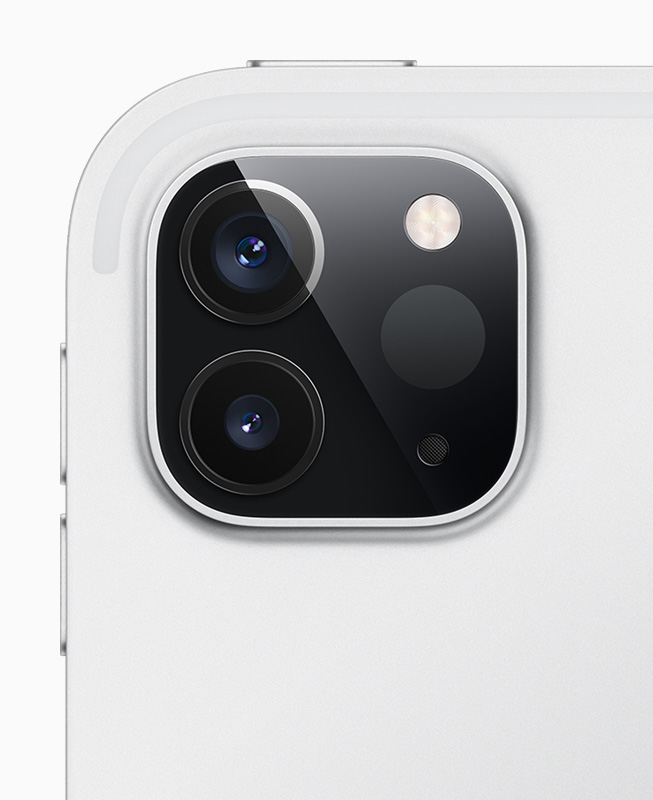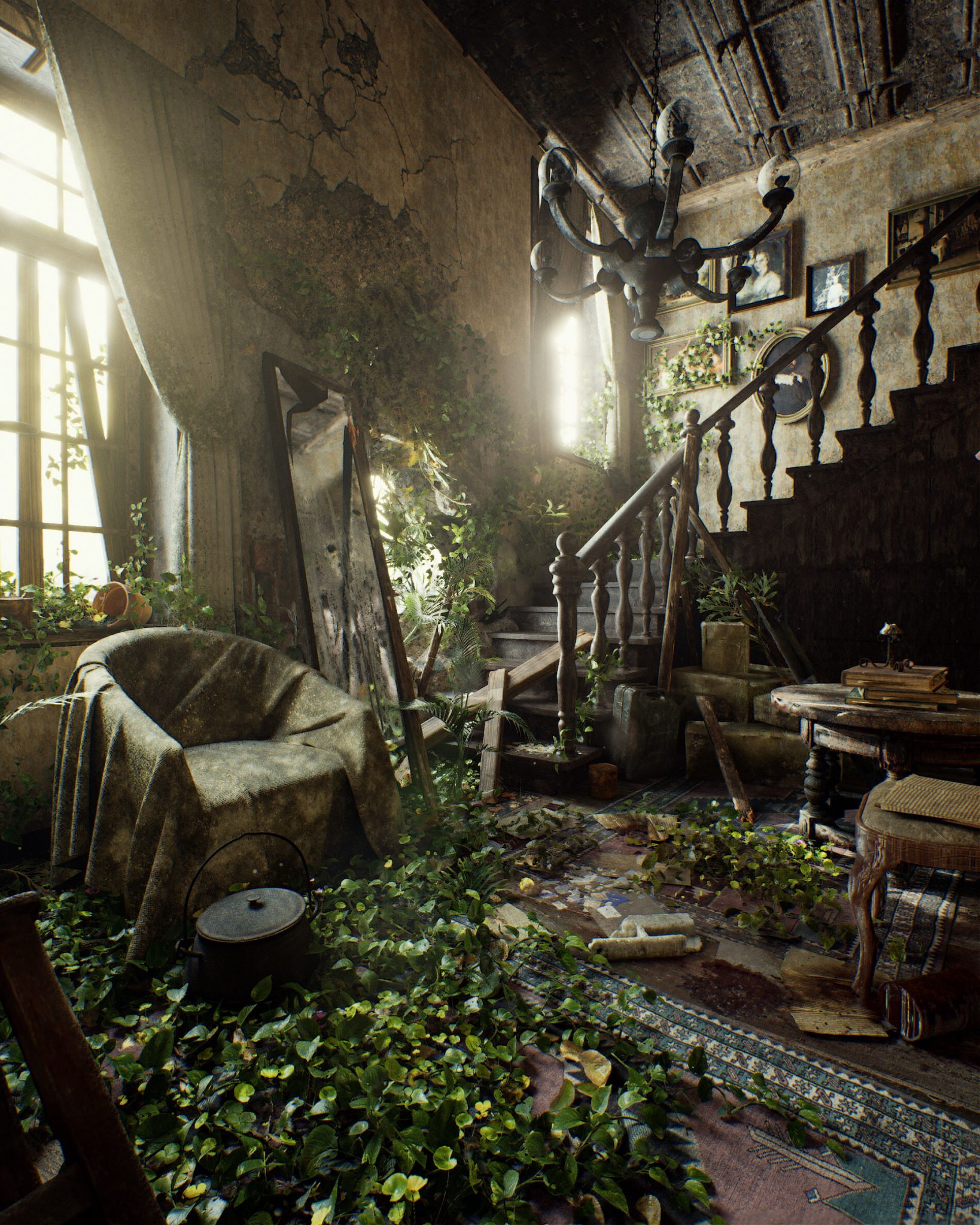




3Dprinting (178) A.I. (846) animation (350) blender (210) colour (233) commercials (52) composition (153) cool (364) design (649) Featured (80) hardware (314) IOS (109) jokes (139) lighting (289) modeling (145) music (186) photogrammetry (192) photography (755) production (1291) python (94) quotes (497) reference (314) software (1356) trailers (307) ves (555) VR (221)
Category: VR
-
Big tech snags Hollywood talent to pursue enhanced reality
https://www.cultofmac.com/726927/apple-among-the-tech-giants-snapping-up-vfx-experts-to-work-on-ar/
Silicon Valley’s biggest companies are snapping up the people and technology behind some of Hollywood’s blockbusters in an effort to improve their augmented- and virtual-reality offerings.
“It’s harder to make as much money working in visual effects,” said Paul Debevec, a veteran of the visual-effects industry who is now a professor at the University of Southern California. About 4½ years ago Google hired Mr. Debevec, an award-winning pioneer in the creation of convincing digital humans, to help the company advance extended reality.
Working in visual effects in film and TV can mean long, unpredictable hours, limited compensation, poor job security and paltry benefits—many call it the “cool tax” one pays for the pleasure of working in Hollywood.
-
Magic Leap reportedly laying off 1,000 employees and dropping consumer business
Bloomberg writes that in addition to laying off what amounts to half its workforce, the company will wind down its consumer-focused business, which included video games and entertainment apps.
It will focus on enterprise uses, potentially including a partnership with a large unnamed health care company
EDIT 20200522
Magic Leap raises $350 million and puts layoffs on hold
https://www.engadget.com/magic-leap-raises-350-million-puts-layoffs-on-hold-034824726.html
-
New Apple iPad Pro with LIDAR scanning support
www.zdnet.com/article/apples-new-ipad-pro-arrives-with-updated-chip-and-lidar-scanner-for-ar-apps/
The LiDAR scanner — a technology better known in self-driving cars — measures the distance to surrounding objects up to 5 meters away. New depth frameworks in iPadOS combine depth points measured by the LiDAR scanner, data from both cameras and motion sensors, and is enhanced by computer vision algorithms on the A12Z Bionic for a more detailed map of a scene. The aim is to boost the quality of AR experience created on the iPad Pro.
Apple said existing ARKit apps will automatically get instant AR placement, improved motion capture and people occlusion.
The tablet will have a 10-hour battery life, a 12MP Wide camera which can capture 4K video, and a 10MP Ultra Wide camera that zooms out two times to capture a much wider field of view.
Apps like DoubleTake by FiLMiC Pro, available next month, leverage the pro cameras and studio-quality mics to turn iPad Pro into a mobile video production studio.6
With iPadOS 13.4, Apple brings trackpad support to iPad, giving customers an all-new way to interact with their iPad.

COLLECTIONS
| Featured AI
| Design And Composition
| Explore posts
POPULAR SEARCHES
unreal | pipeline | virtual production | free | learn | photoshop | 360 | macro | google | nvidia | resolution | open source | hdri | real-time | photography basics | nuke
FEATURED POSTS
-
Photography basics: Exposure Value vs Photographic Exposure vs Il/Luminance vs Pixel luminance measurements
-
Sensitivity of human eye
-
Want to build a start up company that lasts? Think three-layer cake
-
What the Boeing 737 MAX’s crashes can teach us about production business – the effects of commoditisation
-
What Is The Resolution and view coverage Of The human Eye. And what distance is TV at best?
-
QR code logos
-
Tencent Hunyuan3D 2.1 goes Open Source and adds MV (Multi-view) and MV Mini
-
WhatDreamsCost Spline-Path-Control – Create motion controls for ComfyUI
Social Links
DISCLAIMER – Links and images on this website may be protected by the respective owners’ copyright. All data submitted by users through this site shall be treated as freely available to share.

